*Author: Office
That Li Xiang is back again.
Yesterday afternoon, after a two-month absence, Li Xiang posted on Weibo again, contributing to the analysis of the Ideal ONE’s product positioning and target audience:
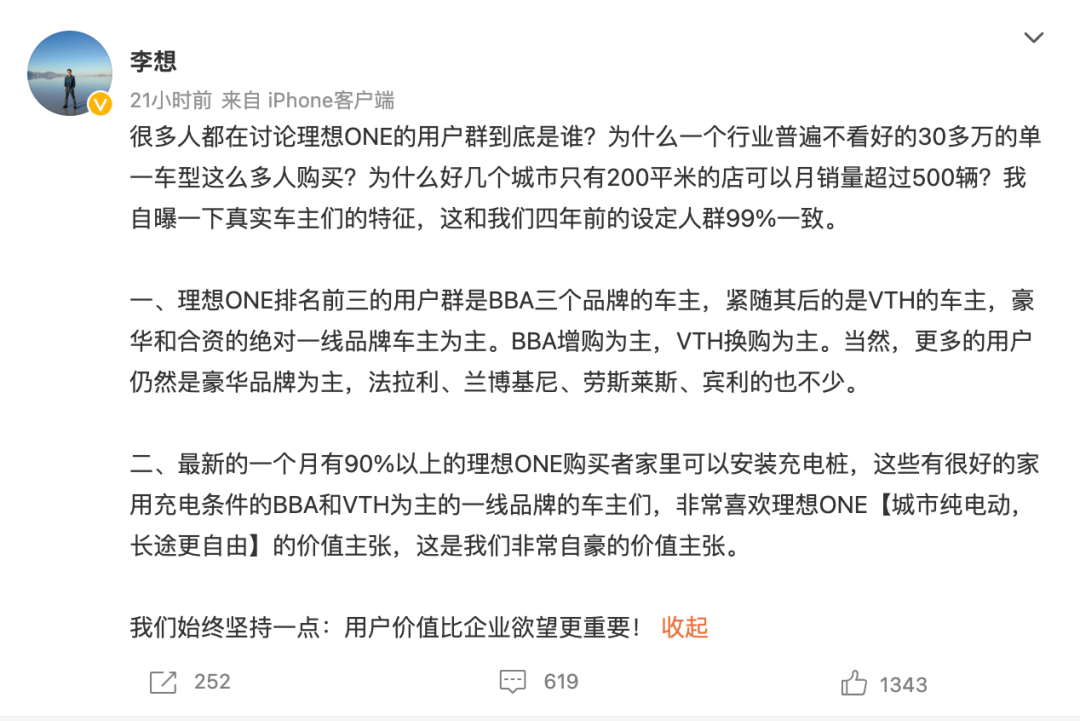
Ideal ONE owners mostly come from luxury and first-tier joint venture car brands.
Ideal ONE owners highly identify with Ideal Motors’ value proposition of “City Pure Electric, Long Distance More Free”.
The background of this Weibo post is that on December 18th, Ideal Motors announced that the cumulative sales of Ideal ONE had exceeded 30,000 units.

First model, 12 months, 30,000 units
It was just one year ago, also in December, that the first batch of Ideal ONE rolled off the production line at Ideal Motors’ Changzhou manufacturing base. Li Xiang wrote in his WeChat Moments: July 2015 – December 2019, four years and five months.
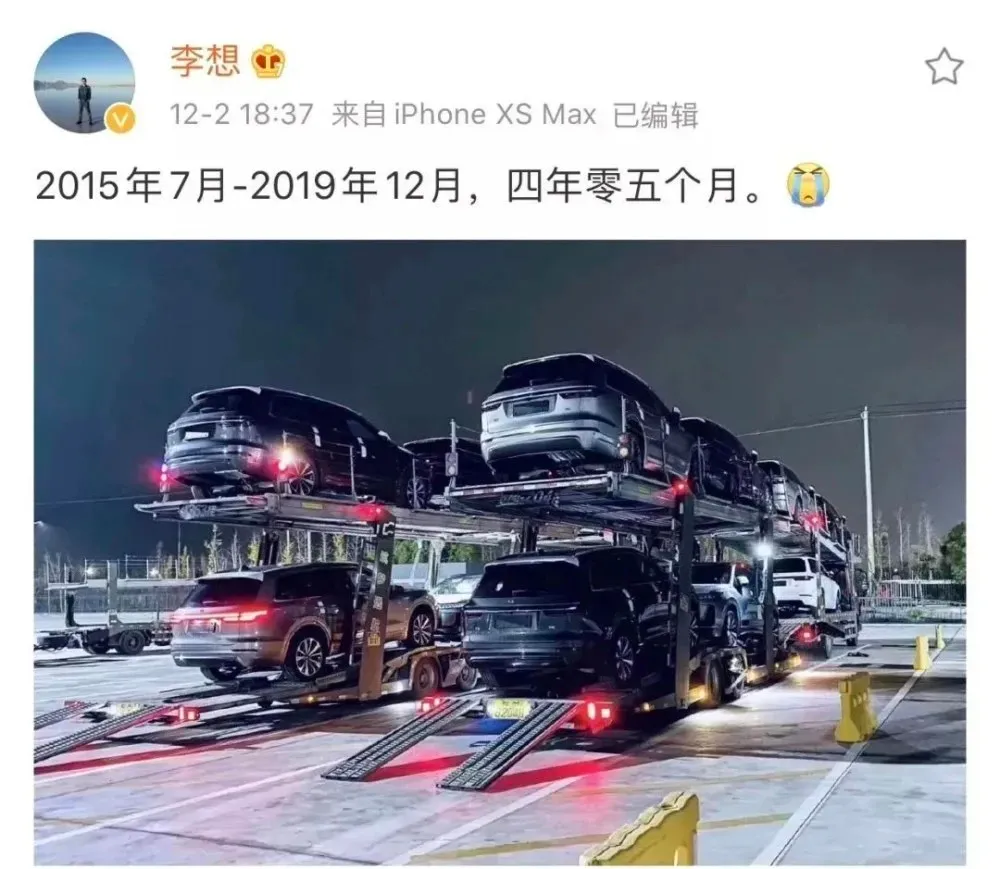
12 months, 30,000 units, this is the first phase achievement of Ideal Motors. In a horizontal comparison with the industry, Ideal ONE is the fastest product among all new car manufacturers to achieve the 30,000 unit milestone.
As Li Xiang said, the most important differentiating product feature of Ideal ONE is still the value proposition of “City Pure Electric, Long Distance More Free”. More fundamentally, it is the range-extender electric drive system.
In addition to the more than 30,000 car owners, range-extender electric drive systems are also gaining more and more favor in car companies such as Geely, Great Wall, and Voyah. Why is range-extender electric drive system the choice for Ideal Motors?
First of all, the charging infrastructure is a key bottleneck for the Chinese car market to accelerate the transition to sustainable energy. China is facing a serious shortage of charging infrastructure.

For example, in first- and second-tier cities with high population density, the lack of fixed parking spaces or the lack of conditions for installing private charging facilities is a common problem. In third- and fourth-tier cities, there is also a bottleneck in the capacity of the power grid in old residential areas.
As of the end of 2019, the proportion of private charging facilities in family parking spaces in first-tier cities in China was less than 25%, while the proportion of private charging facilities was over 70% in the United States during the same period.
This has led to a large number of new energy vehicle owners having to rely on public charging networks.Even if we put aside the many problems of poorly maintained public charging networks, gasoline vehicles taking up charging spots, and poor stability, the ratio of China’s new energy vehicle ownership to public charging station ownership is only 17.7:1.

This problem is so clear and severe that for owners of pure electric vehicles today, it is nearly impossible to achieve significant charging efficiency and convenience, which was previously enjoyed by gasoline vehicle owners.
The above discussion regarding China’s charging environment comes from the IPO prospectus submitted by Ideal Vehicle on July 11th.
Ideal Vehicle’s solution is the extended-range mode for the Ideal ONE. This involves adding a fuel tank and generator system on the basis of the pure electric powertrain, which solves the problem of charging and energy replenishment in the form of refueling completely.
In fact, the harsh Chinese charging environment has become a consensus among mainstream new energy companies in the Chinese market. In the upcoming year of 2021, NIO, XPeng, Tesla, and Volkswagen will all invest heavily on their self-operated energy replenishment networks, in order to optimize the energy replenishment experience of pure electric vehicles.
No one can avoid this problem, but of course, no company can completely root out this problem just like Ideal’s extended-range system.
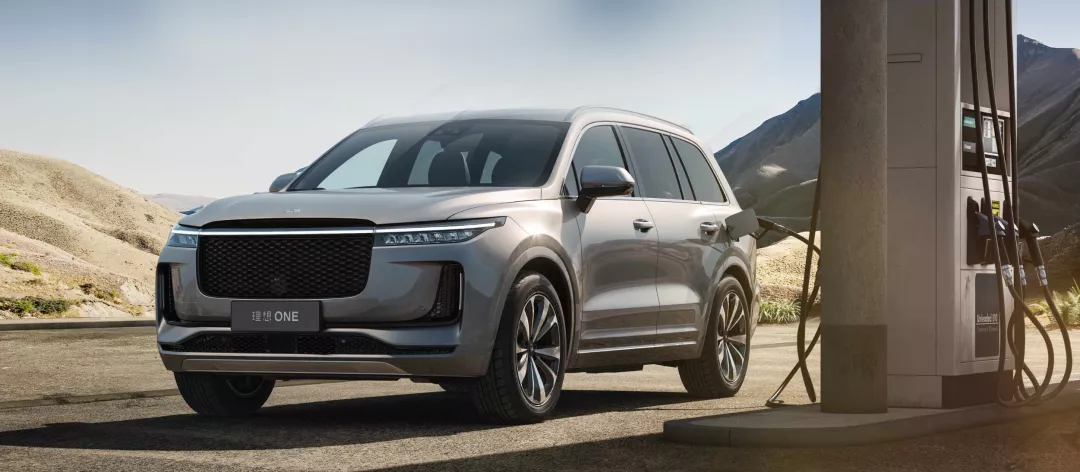
The smooth driving experience brought by the electric motor in pure electric vehicles → poor charging environment, poor energy replenishment experience → Extended range system powertrain, retains full-time electric drive and the energy replenishment experience of refueling.
Looking back today, the evolution of the entire logic is so clear, and the fastest sales growth rate of the Ideal ONE is undoubtedly the most convincing proof of the extended-range mode.
Ideal Vehicle’s Mission
Li Xiang’s last sentence in his Weibo post is, “We always insist on one thing: user value is more important than corporate desires!”

This sentence is reflected in the sales of Ideal vehicles: as of Q3 2020, sales of the Ideal ONE in non-restricted plate cities (cities without license plate restrictions and Beijing) accounted for 65% of total sales, despite not enjoying preferential policies for new energy license plates.
This means that at least 65% of car owners’ decision to purchase the Ideal ONE was not affected by any policy bias, but was based solely on product power and their own demand.
Why does 65% of sales come from non-restricted plate cities? Why would luxury brands and first-line joint-venture brands’ gasoline vehicle owners choose to buy additional Ideal ONEs or switch to the Ideal ONE?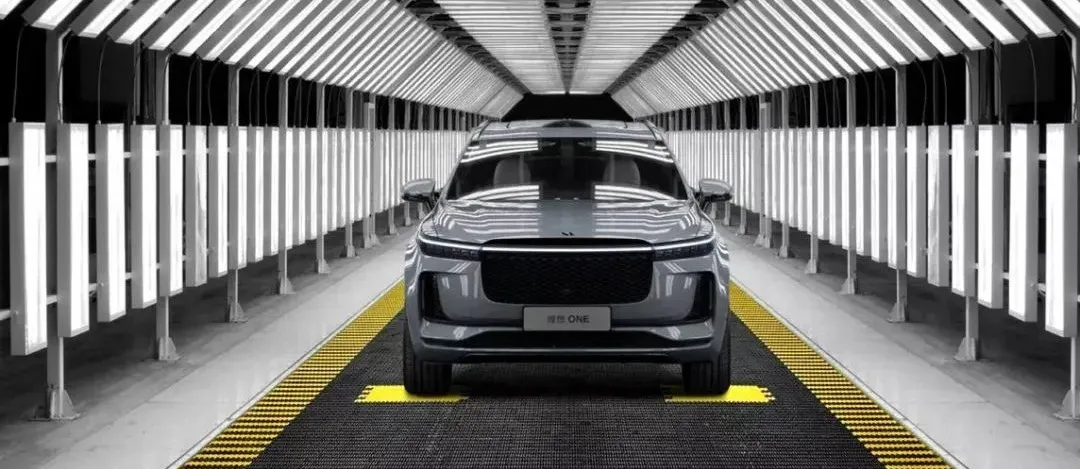
This is closely related to the strategic plan of the Ideal Automobile.
During the training course “Ideal Automobile Corporate Culture and Management Strategy” within the Ideal Automobile, Li Xiang mentioned the product positioning of the Ideal ONE:
The most crucial point is who you are competing with, and choosing the right opponent is crucial. Different competitors lead to different outcomes. When Dangdang was the largest e-commerce company at the time, Jack Ma did not choose Dangdang as a competitor. Instead, he chose Walmart, and today we can see that Alibaba’s GMV far exceeds Walmart.
Many new car companies choose new energy electric vehicle companies as their competitors, but we focus on the 250,000 – 500,000 RMB gasoline car market.
Our strategy is to select a precise user group and use technology and management to enable the electric vehicle to have the same cost and market size as the gasoline vehicle. Through a systematic closed loop, we reduce the circulation cost to one-tenth.
Therefore, there is no need to be surprised by the sales data of the Ideal ONE, which is the strategic target set by Li Xiang, and the Ideal Automobile spent four years and five months executing it, and spent another year accepting consumer feedback.
You may say that the Ideal ONE has become the fastest-growing product in the new car camp, so does that mean that the Ideal’s strategic goal has been achieved?
Don’t rush, that is just the first five-year strategic goal. If you observe carefully enough, you will find that the Ideal Automobile has been undergoing changes since 2020.
On September 15th, the Ideal announced the most heavyweight personnel dynamic since its establishment for five years: Wang Kai, the former iST global chief architect, was appointed as the CTO of Ideal, fully responsible for the research and development and mass production of Ideal automobile’s intelligent technology, including electronic and electrical architecture, intelligent cockpit and ADAS.
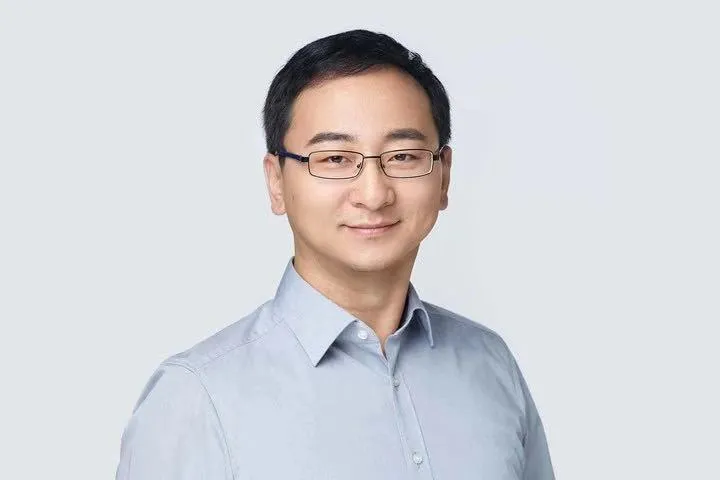
On September 22nd, the Ideal Automobile announced a cooperation with NVIDIA, the autonomous driving chip giant. The next generation of Ideal car models will be equipped with the NVIDIA Orin chip, and the single-chip computing power will reach 200 Tops.
This is different from Ideal’s previous strategy in intelligentization.
In addition, since the launch of Ideal Automobile, the new question from the outside is: with an Ideal ONE, a medium to large 6/7-seater SUV, why does Ideal’s next SUV anchor a larger full-size SUV market?
Adding intelligence and full-size SUVs both need to be understood in the context of the Ideal Automobile’s mission.
Li Xiang mentioned in the internal training that the mission of Ideal Automobile is “to realize an ideal car and home.”Car and Home represent two meanings: first, we serve families by making cars for them; second, we believe that cars will form a space that connects cars and homes, which is what we call autonomous driving.

Therefore, “making cars for families” and “autonomous driving” are the two strategic fulcrums of serving Ideal cars. The larger SUVs and more aggressive autonomous driving layout are not surprising.
We can even make further deductions based on this strategy:
In the next five years, Ideal’s autonomous driving strategy will be a process of continuous acceleration, and investment and layout will become larger and larger.
In addition to the Ideal ONE and X01, even the pure electric cars with smaller absolute spaces and smaller 5-seater SUV product lines, Ideal will highly adhere to the principle of “not just designed for drivers, but designed for everyone in the space”, highlighting the positioning of the vehicle as “serving families.”
There is no doubt that Li Xiang is the founder who pays the most attention to mission thinking and organizational construction among new car makers. He also never hesitated to publicly share his thoughts on management.
On the Ideal ONE, we have learned about Ideal’s strategic thinking and efficient execution.
In fact, whether it is adherence to the extended-range route or precise strategic thinking and efficient execution, what Li Xiang has done is nothing more than focusing on the most essential and core part of running a company.
There has always been controversy surrounding Li Xiang and Ideal, but as long as Ideal persists in practicing what Li Xiang said, “user value is more important than company desires,” all controversies are not worth mentioning.
Because more and more users will prove who is right.
This article is a translation by ChatGPT of a Chinese report from 42HOW. If you have any questions about it, please email bd@42how.com.
